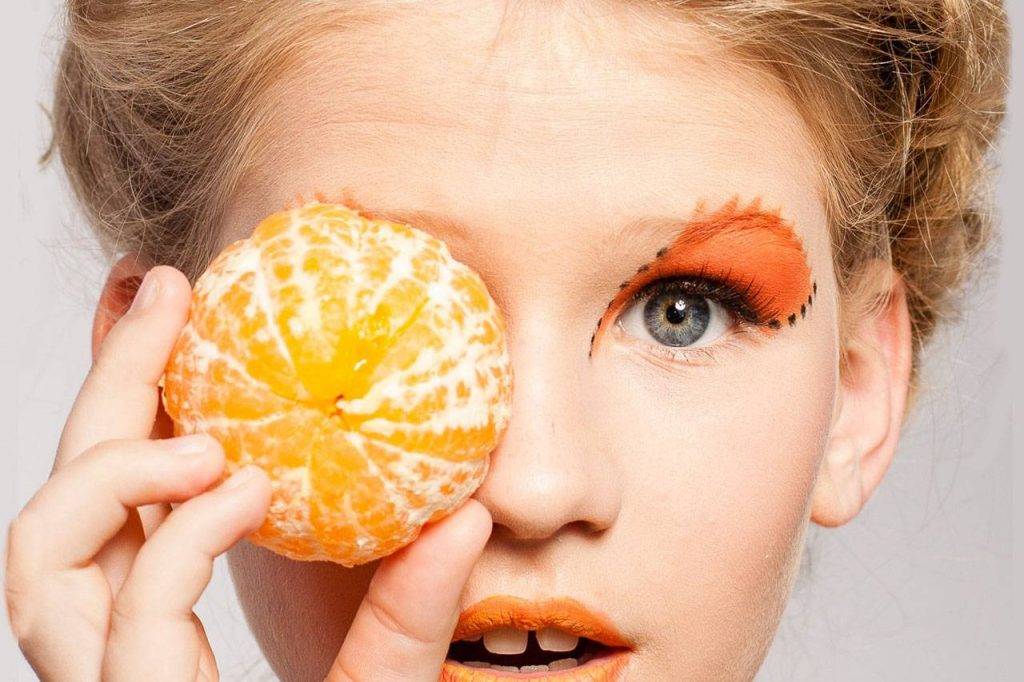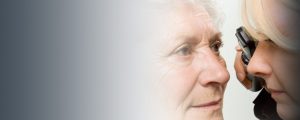Eyelids are essential for comfortable eyes and clear vision.
Eyelids contain the thinnest skin on the body, being made of intricate layers of skin, muscle, tissue, fat and glands.
Understanding our eyelids
When you blink, your eyelids move across the eye, but they are more than just human ‘windshield wipers’.
Eyelids shield your eyes from dirt and other contaminants and block light to help you sleep comfortably—but they also contain tiny glands that secrete oils in the tears.
Eyelids help to keep the cornea moist by producing essential oils for your tears.
When you blink or close your eyes, the tear film, a lubricant and antibacterial secretion produced by the lacrimal glands, is dispersed across the surface of the cornea, preventing it from drying out.
The blink also squeezes the tiny glands in the eyelids to release fine oily droplets, from the meibomian glands.
Eyelids are vulnerable to a variety of conditions due to their numerous layers and continual exposure to your surroundings.
What most people are unaware of is how important it is to practice proper eyelid hygiene.
Proper eyelid hygiene
Given the amount of dirt, pollution, debris, and foreign matter that accumulates on our eyelids and lashes on a daily basis, good eyelid care is essential.
Unless you thoroughly clean around your eye, all the dirt and debris will remain beneath the eyelid, where they become trapped.
Eyelid hygiene is especially effective as a preventative measure. Someone who keeps their eyelids clean is protecting themselves from a variety of potentially serious eye conditions.
There are two methods to clean your eyelids and lashes:
1. Eyelid scrub
The eyelid scrub can be done at home with a washcloth or a purchased eye scrub product.
- Before cleaning your eyelid, thoroughly wash your hands.
- Use a prepared lid scrub solution advised by your optometrist or a mixture of warm water and a tiny bit of non-irritating shampoo ( such as baby shampoo).
- Close one eye and wipe the solution back and forth across the eyelashes and the edge of the eyelid with a clean washcloth (a separate one for each eye).
- Use clear cool water to rinse the scrub solution or shampoo.
- Then repeat with the other eye.
2. Warm compress
Placing a warm compress over the eyelid can be done with a washcloth or a pre-purchased product.
- Before cleaning your eyelids, thoroughly wash your hands.
- With warm water, moisten a clean washcloth.
- For five minutes, close both eyes and place a washcloth on your eyelids.
- This can be repeated several times daily.
SEE RELATED: Do I Have Blepharitis?
Contact an eye doctor near you who can discuss proper eyelid care with you.
Eye conditions caused by poor eyelid hygiene
If you don’t properly care for your eyelids it can result in several eye conditions.
Dry eye syndrome
When you don’t produce enough tears, which are a mixture of water, fatty oils, and mucus that maintain clean and clear eyes and help fight infection, you develop dry eye syndrome.
Inflammation around the corners of your eyelids caused by poor eyelid hygiene can prevent your oil glands from secreting oil into your tears. This is one of the possible causes of insufficient tear production.
You may encounter the following symptoms if you don’t have enough tears:
- Red, watery eyes
- Blurred vision
- Sensitivity to light
Blepharitis
Blepharitis, a bacterial infection of the eyelashes. In most situations, blepharitis can be controlled with good eyelid care and a regular cleaning practice.
Microscopic debris, such as dandruff from your scalp and brows, eyelash mites and lice, and crusts along the eyelid, can clog the oil glands around the base of the eyelashes, causing inflammation. Blepharitis can be caused by a bacterial infection or other skin disorders such as rosacea. Among the signs and symptoms are:
- Crusted or falling eyelashes
- Flaky skin around the eyes
- Frequent blinking
- Greasy or swollen eyelids
- Red, watery eyes
Stye
One of the complications that might arise from blepharitis is a stye. A stye is a painful, red, pimple-like, pus-filled lump that usually appears on the edge of your eyelid, although it can also appear on the inside part of your eyelid. Other signs and symptoms could include:
- Tearing
- Swelling of the eyelids
- Painful eyelids
It is best to establish a comprehensive cleansing routine to prevent or at least lessen the frequency of certain eye conditions. Since dirt can accumulate while sleeping, eyelid hygiene is especially crucial after waking up.
LEARN MORE: Guide to Eye Conditions
Contact an eye doctor near you to learn more about eyelid hygiene.









